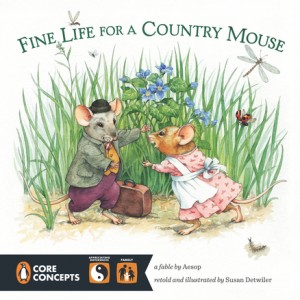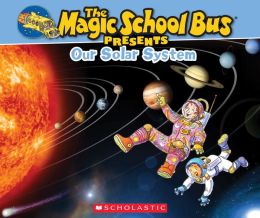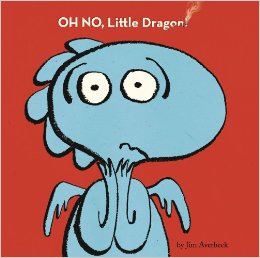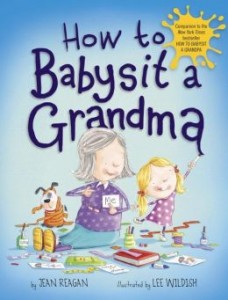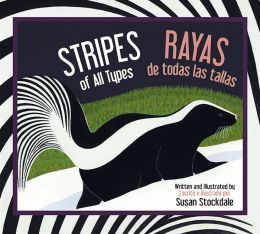Written and illustrated by William Bee
Stanley is a golden hamster. He is drawn with large, bold black lines and colored with a smile on his face. He is asked to build a house for his friend. While it is unrealistic for the house to be built in a day, young readers will believe it. The front pages are filled with brightly colored tools used by builders and painters. Children will love spending time with these two pages to identify each piece and figure out what it is used for in the building process.
Stanley has a bulldozer, digger and crane of his own. His friend Charlie comes with a cement mixer to help. They lay the bricks together even though, “it is very tricky work.” The book is filled with simple humor, good work and real friendship.
Kindergarten readers and first grade readers will see the correlation between color words and the objects in the pictures. Other literacy skills that can be practiced are sequencing, parts to whole, and picture clues.
At the end of his busy day, Stanley is ready for supper, a bath, and bedtime. It makes for a satisfying read and a fulfilling ending for any reader.


